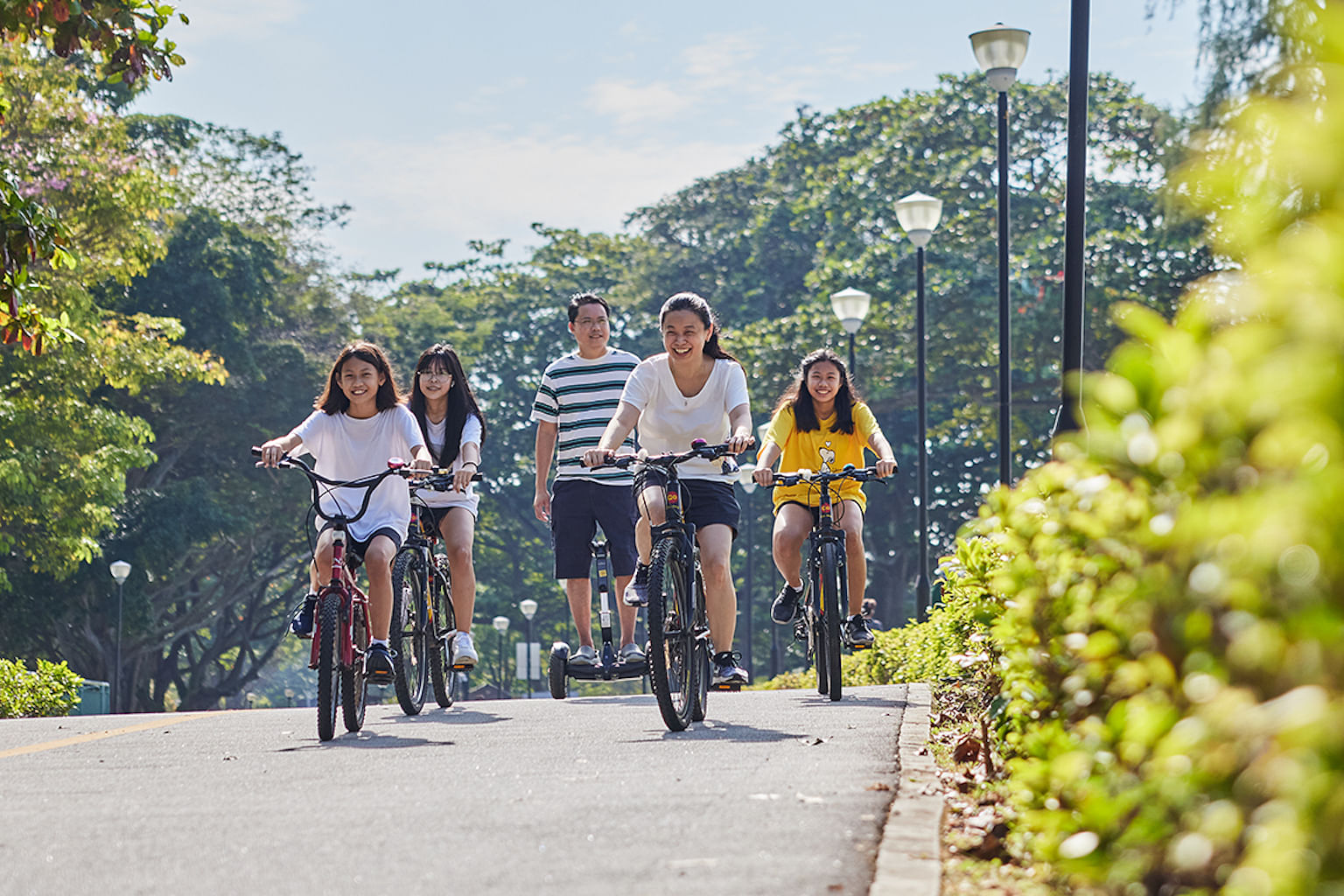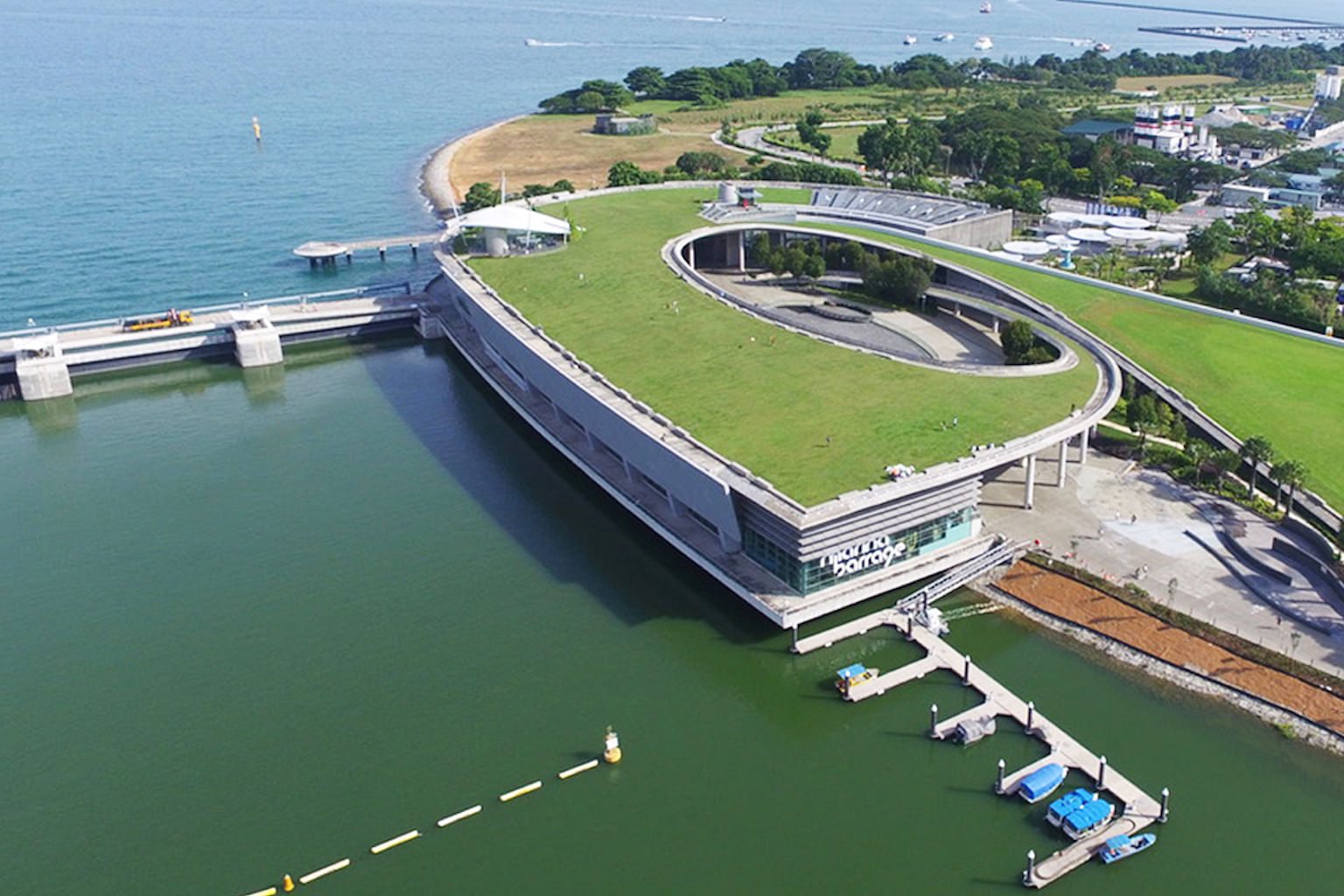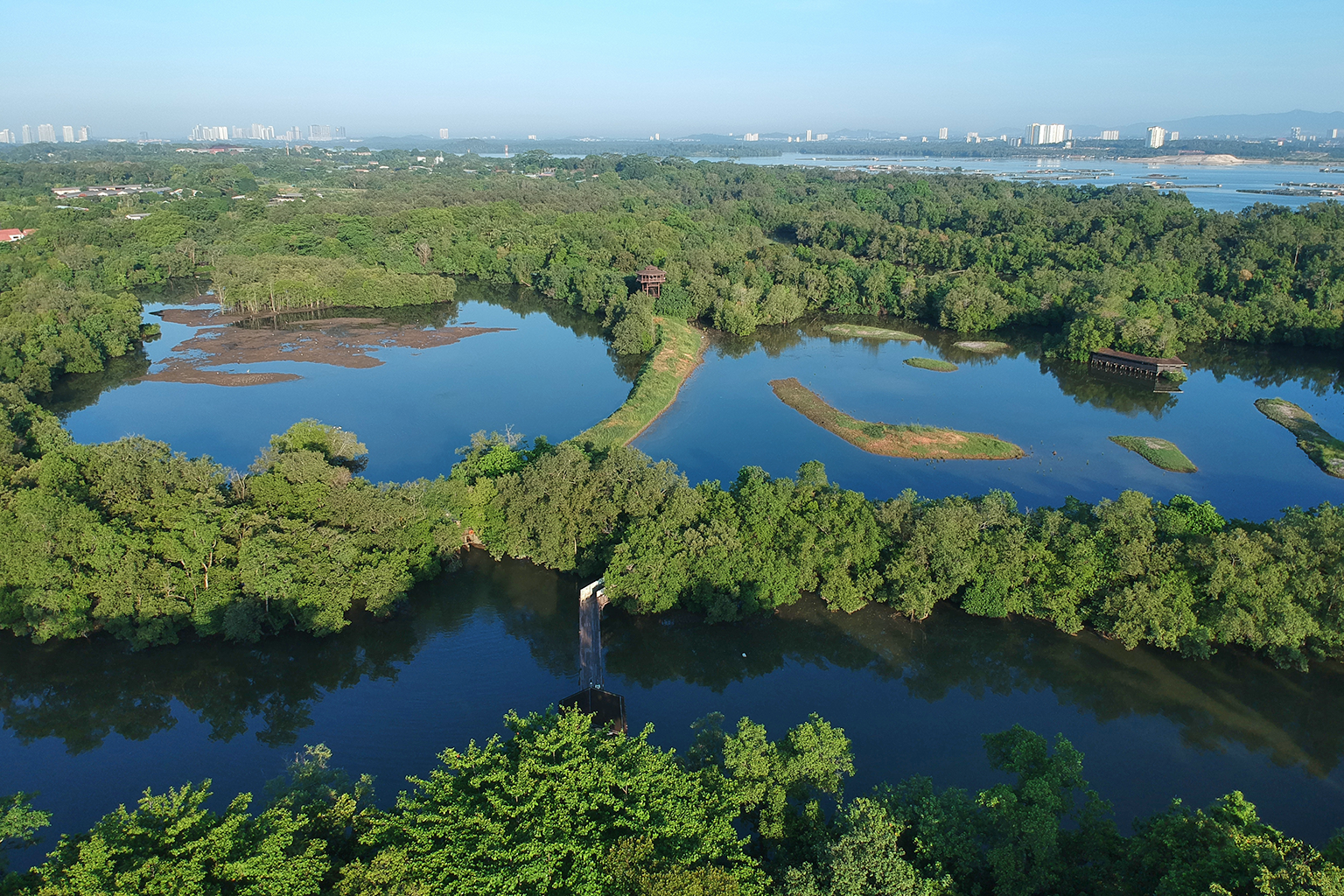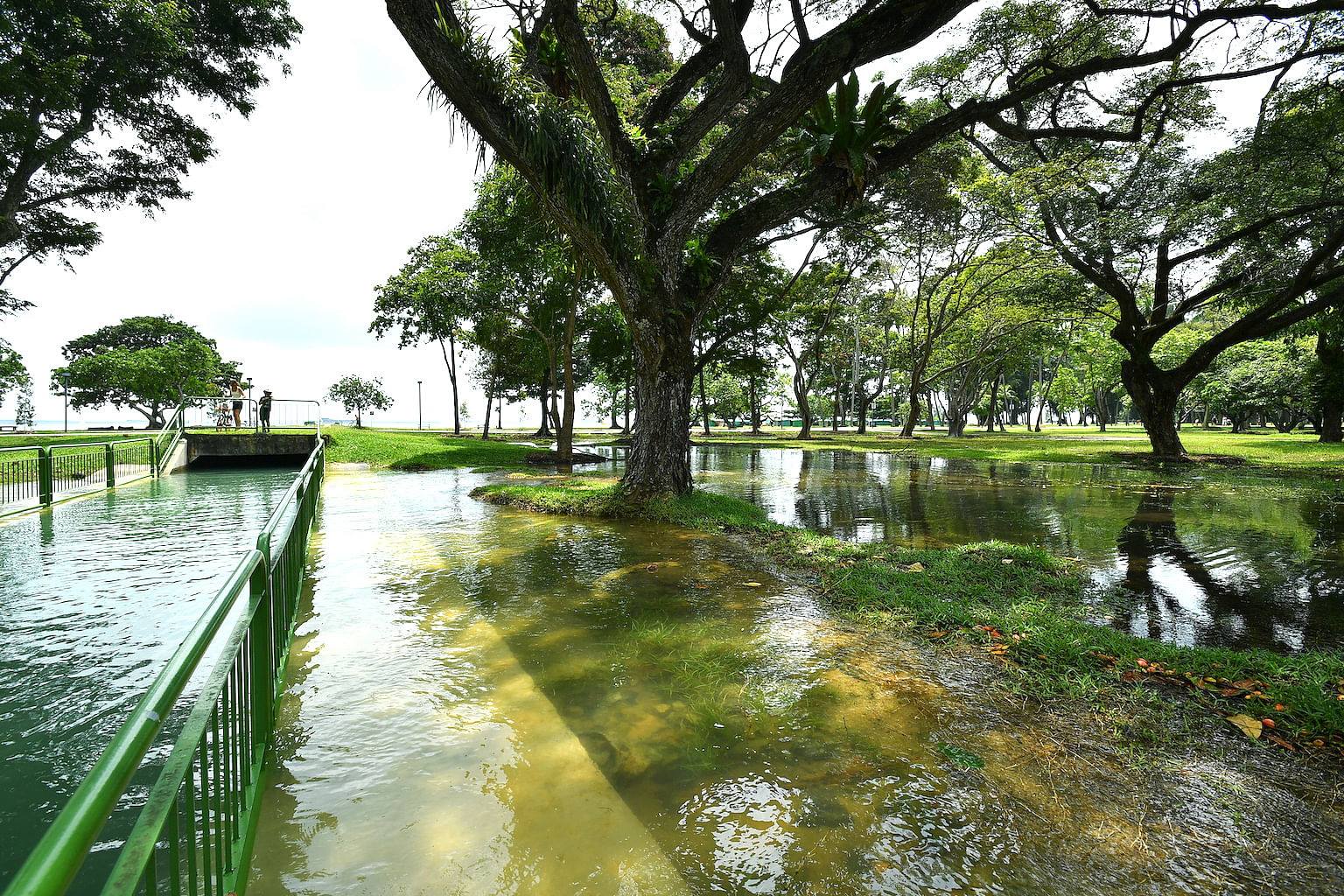Love going to the beach? You’re not alone.
According to the National Parks Board, over seven million locals and tourists visit East Coast Park, the 15-km stretch of beach on Singapore’s south-eastern coast for its scenery, facilities, and dining annually.
Another popular pick is Changi Beach Park, one of Singapore’s oldest coastal parks, boasting white sand, coconut palms, and a laid-back vibe. But such beautiful coastlines are now at risk of being submerged, as sea levels rise in Singapore and around the world due to climate change and global warming.
Not only does sea level rise affect our lifestyle, but it can also disrupt food and water supply, resulting in a rise in health issues. Watch this video to learn the things everyone can do to help.
Some of the impacts of rising sea levels are already revealing themselves: For example, parts of the East Coast Park were flooded in February 2018 following an exceptionally high tide.
Some Singaporeans, aware of the impacts of sea level rise, are worried about losing their beloved recreational spots as climate change worsens with each passing year.
“East Coast Park holds a lot of memories for me,” says account manager Chanel Wee, 28. The Marine Parade resident goes for a run at the park every other day.
“It’s where I unwind from work, where I train for marathons – even where my fiance and I went for our second date,” Ms Wee adds. “I would be very sad to see East Coast Park go.”

The thought of not being able to enjoy the beach is “terrible”, adds Ms Sarah Ang, 41, whose family often stays in chalets near Changi Beach Park, where they would go swimming, cycling and build sandcastles.
She hopes what the government has planned for on protecting Singapore against the impacts of climate change and rising sea levels can effectively preserve these precious spaces.
“The coastline is one of Singapore’s beauties,” says the children’s book author and illustrator. “It’s peaceful and serene, and kids like playing in the sand.”
Watch this video to learn about the steps taken against rising sea levels so that people can continue enjoying nature and recreational activities.
No ‘big wall’ around Singapore
With the second national climate change study report stating that Singapore’s sea levels are projected to rise by up to one metre by year 2100, should Singaporeans mentally prepare themselves for beaches to be underwater?
Not so, when the nation has already started preparing to combat the issue.
At the National Day Rally in 2019, Prime Minister Lee Hsien Loong said: “We should treat climate change defences... with utmost seriousness. Work steadily at it, maintain a stable budget year after year, keep your eye on the target and do it over many years and several generations. That way we can afford it, and when we need it, we will have it ready.
“These are life and death matters. Everything else must bend at the knee to safeguard the existence of our island nation.”
National water agency PUB, which was appointed the country’s coastal protection agency in 2020, will be conducting in-depth studies at various sections of the coastline in phases, to formulate tailored solutions suitable for each area.
A study of the densely populated City-East Coast area was the first to be launched last year, and is expected to be completed in 2025. This critical but low‑lying area stretches from Changi to the city centre and houses the central business district, hotels and tourist attractions.

PUB will also conduct two studies on the island’s northwest coast – it stretches from the Tuas Checkpoint to Woodlands, covering the Lim Chu Kang and Sungei Kadut areas, as well as five coastal reservoirs and several biodiversity‑rich areas such as the Sungei Buloh Wetland Reserve.
Among the multi-functional solutions it is exploring are hybrid protection measures that combine natural elements with engineered structures, such as seawalls and revetments. PUB is working with many agencies and subject matter experts to develop solutions that can enhance the coastal and natural environment where possible.
Dr Shawn Lum, a senior lecturer at Nanyang Technological University’s Asian School of the Environment, says focusing on nature alone cannot protect the coast, but it can make protection measures more resilient and vibrant. For example, seawalls and lagoons can be built to encourage corals and seagrasses to “colonise” our coast.
“Imagine this: Pristine reef habitats, watersports, and fishing happening just downtown,” says the president of Nature Society (Singapore). “Those living along the Southern Waterfront all the way to the East Coast could form a maritime community that sees the ocean as part of their identity. Parents could bring their toddlers to see corals, colourful fish, and seagrass.”
Ms Audrey Huang, senior assistant director at PUB’s Coastal Protection Department that oversees the City-East Coast study, says the agency is seeking coastal protection measures that are in harmony with nature and double as recreation spaces.
“A key planning principle is to make more out of less. This is why we have to find coastal protection solutions that offer multiple benefits,” she says, citing the example of the Marina Barrage.
The dam built across the Marina Channel is a source of water supply, and a flood control measure, protecting the low-lying areas of Chinatown, Jalan Besar, Boat Quay and Geylang, as well as a site for picnics and kite flying, or boating and kayaking in Marina Reservoir.

A progressive plan
Alongside its studies of the coast, PUB will be engaging stakeholders and the public to co‑create coastal protection solutions unique to Singapore’s needs.
“Measures used by other countries cannot simply be copied,” says Mr Ho Chai Teck, senior deputy director at PUB’s Coastal Protection Department. “We have to tweak them to suit our urban environment. If people think we’re going to build one big wall around Singapore, that’s not possible and certainly not the case.”
In fact, the agency is exploring the feasibility of using modular concrete units along the coastline. They can be designed specifically to suit Singapore’s wave climate, and combined with mangroves, or front a waterfront boulevard as part of a multi-use development.
PUB is also working with the Urban Redevelopment Authority to ensure measures can be integrated with upcoming developments and future land-use plans.
“The long-term plan looks 30, 40, 50 years ahead – in line with how we plan to progressively implement our coastal protection measures,” says Mr Ho. “We want to be nimble and build measures to the level necessary to keep us safe, while continuing to monitor the sea level. We are also designing the infrastructure with flexibility to upgrade when necessary.”
This also leaves room for the community to play a big part in creating a shared vision of Singapore’s coastline for future generations.
“We need to solve sea level rise, but then if we left it at that, we would be missing these great recreation and lifestyle opportunities,” says Dr Lum. “One agency alone would not be able to think of all the possibilities.
“But if you have Singaporeans working together, contributing their creativity, we might be able to forge a better place for future generations,” he adds. “Money alone won’t buy us a better home: it’s the ideas and that love we have for the sea, and our children.”
Why is Singapore at greater risk of sea level rise?
This is the first of a four-part series on what needs to be done to tackle the challenge of sea level rise. Find out more at www.pub.gov.sg/CoastalProtection.
In partnership with PUB, Singapore’s National Water Agency.



